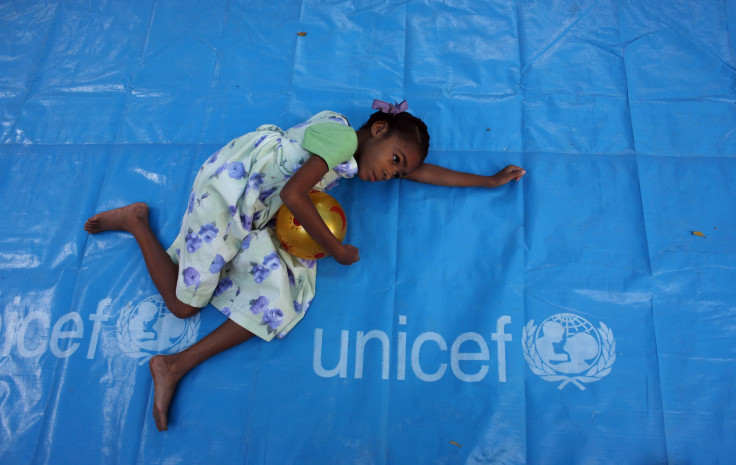UNICEF Hails Rapid Progress on Child Survival

Countries across the world are making rapid progress on child survival rates, showing it is possible to bring down child mortality significantly in two decades, the United Nations Children's Fund said on Thursday.
In its latest report on child survival, UNICEF hailed a sharp drop of about 40 percent in the number of children under the age of five dying, with the estimated global toll falling from nearly 12 million in 1990 to 6.9 million in 2011.
There was progress across diverse nations with varied wealth, UNICEF said, providing evidence that neither a country's regional nor economic status was necessarily a barrier to being able to reduce child death rates.
Poor countries such as Bangladesh, Liberia and Rwanda, middle-income countries such as Brazil, Mongolia and Turkey, and high-income countries such as Oman and Portugal, all made what UNICEF described as dramatic gains, lowering their under-five death rates by more than two-thirds between 1990 and 2011.
Anthony Lake, UNICEF's executive director, said the decline was a "significant success" and testament to the work of governments, donors, agencies and families.
"But there is also unfinished business," he added. "Millions of children under five are still dying each year from largely preventable causes for which there are proven, affordable interventions."
The report found that child deaths are increasingly concentrated in sub-Saharan Africa and South Asia, which together accounted for more than 80 percent of all under-five deaths in 2011. On average, one in every nine children in sub-Saharan Africa dies before reaching the age of five, it said.
"These lives could be saved with vaccines, adequate nutrition and basic medical and maternal care," said Lake. "The world has the technology and know-how to do so. The challenge is to make these available to every child."
CLEAN WATER AND VACCINES NEEDED
More than half the pneumonia and diarrhea deaths - which together account for almost 30 percent of under-five deaths worldwide - occur in just four countries: the Democratic Republic of the Congo, India, Nigeria and Pakistan.
Vaccines to prevent pneumococcal disease and rotavirus, leading causes of pneumonia and diarrhea, are widely available in wealthy countries but are still only gradually being rolled out in poorer nations.
Barbara Frost, chief executive of British-based charity WaterAid, said UNICEF's report also underlined the need for urgent focus on improving sanitation and access to clean water in developing countries.
The report showed that 11 percent of child deaths - equating to 759,000 a year or 2,079 a day - are due to diarrheal diseases, of which 88 percent can be attributed to a lack of clean water, safe sanitation and hygiene.
"Reducing under-five deaths by over 40 percent in the last two decades shows that real progress can be made, but the sad uncomfortable truth is that diarrhea remains the second largest killer disease of children," Frost said in a statement.
"With more children dying from diarrhea caused by lack of access to clean water and safe sanitation than AIDS, malaria and measles combined, we all need to focus on these basic interventions that we know work."
Pneumonia is the biggest killer disease of children, according to the World Health Organisation.
Latest data for 2010 shows that about one in three of the world's population still lack access to safe sanitation and one in 10 do not have clean drinking water.



























